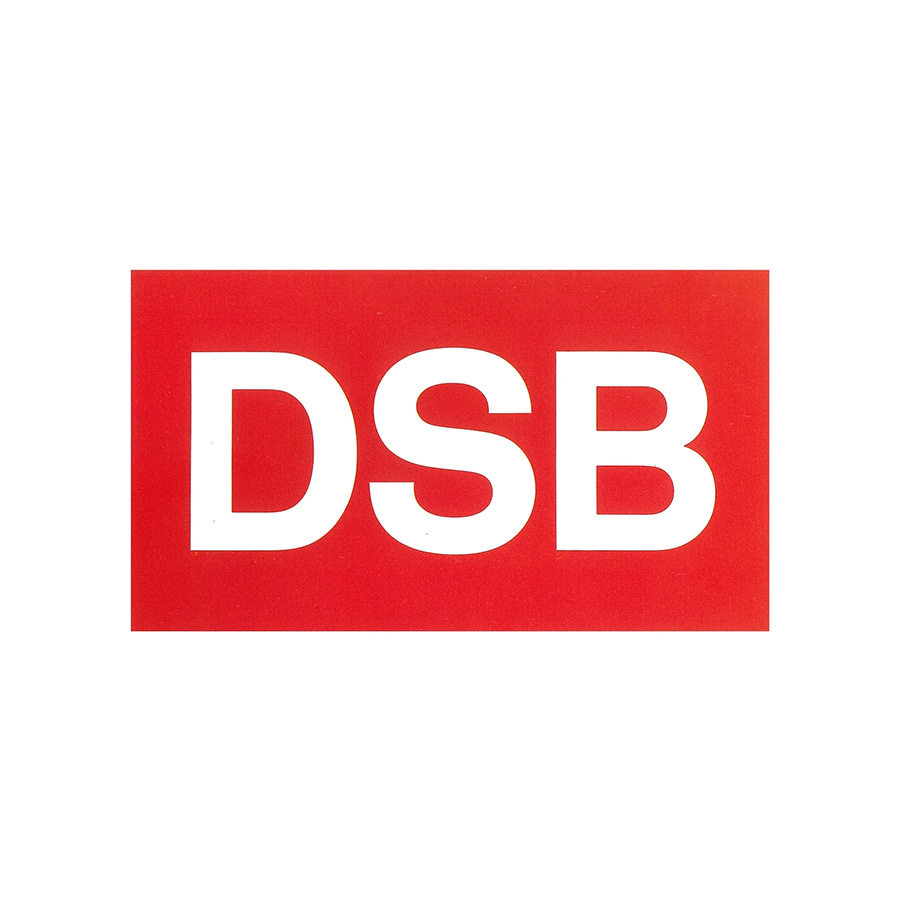DSB Logo, 1972
Niels Hartmann and Jens Neilsen's 1972 logo and design policy for DSB.
This post is supported by LogoArchive – The home of historical logos. Discover over 4700 of history’s greatest designs from the world’s finest designers. Always find the logo inspiration you need for your next project. Start here.
The 1960s would find many railways on the back foot as car ownership and low cost air travel became the norm. Airlines (KLM, Eastern Airlines, Austrian Airlines & Swissair), spurred on by commercial potential of the jet age, had fully embraced modernisation. Not only did airline visual identities reflect an exciting future (rather than the ‘glorious past’ railways had chosen to focus on) this period of modernisation had also extended to booking systems, managerial structures and customer services. This made airlines appear as exciting as they were efficient in service and competitive on price.
In Denmark high expectations surrounded national infrastructure, having benefited from faster trains, bigger ferries and modern bridges. While there was movement forward, much of the visual identity and communications remained stuck in the past.
Following in the footsteps of pioneering modernisation programs of Great Britain (British Rail) and Europe (Nederlandse Spoorwegen), the Danish State Railways (DSB) embarked on its own modernisation program in 1970. This would improve trains and station facilities, and introduce a new DSB design policy that would address an outdated image.



